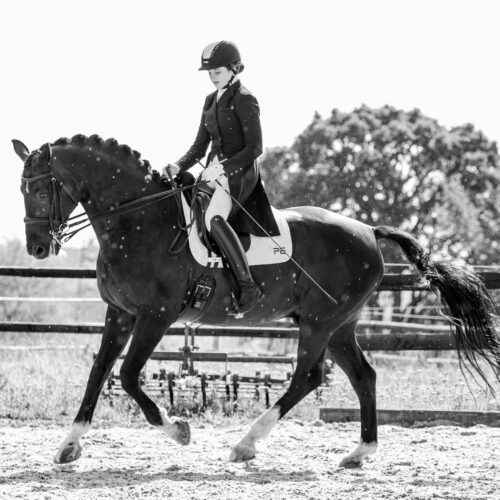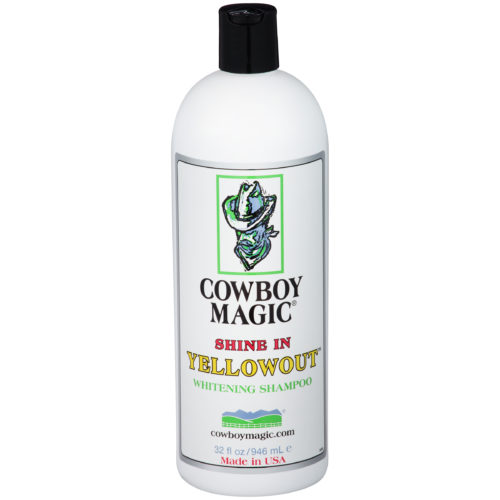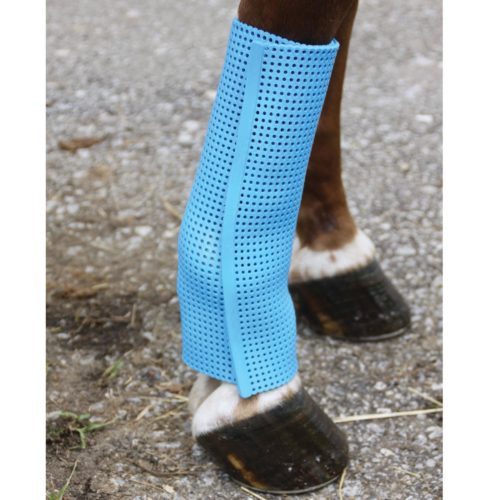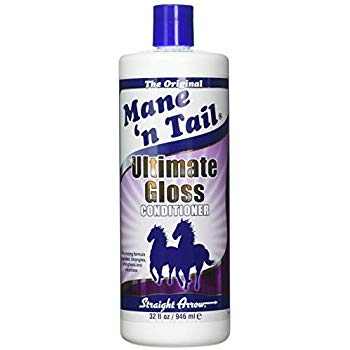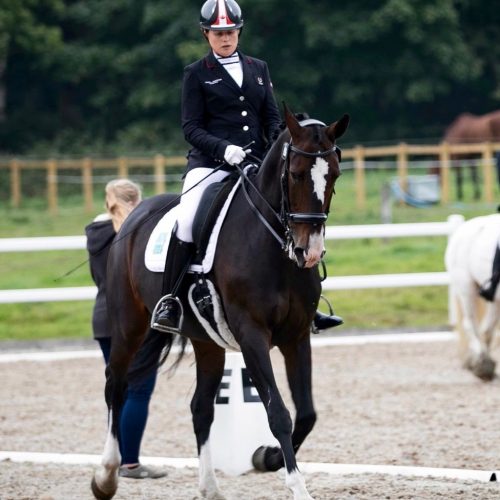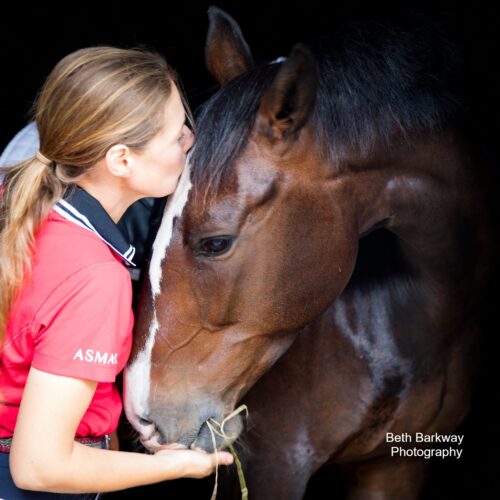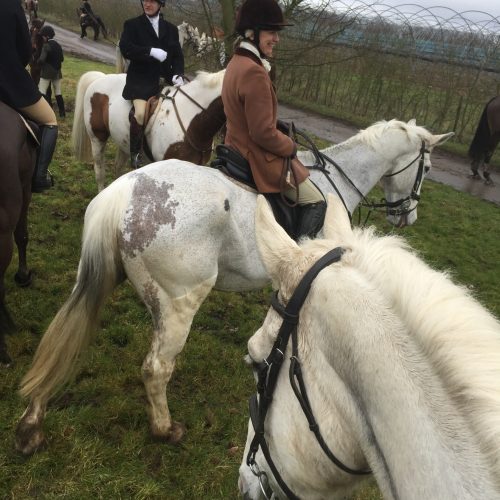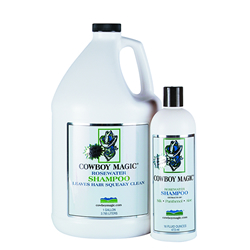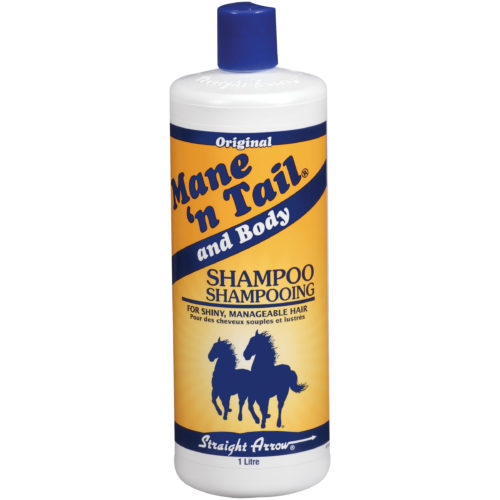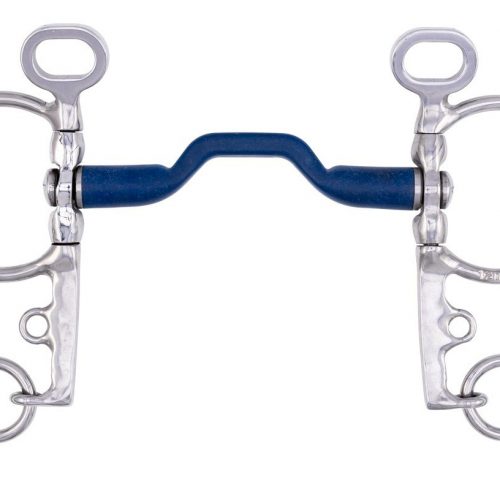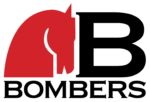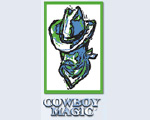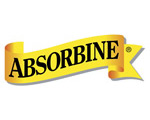All about bitting – different horse bits and their different actions – with Bombers Bits
June 1st, 2020
Bitting focus… Learning more about the structure of the horse’s mouth and how the horse reacts to pressure in different areas has resulted in the selection of available bits expanding dramatically over the last 20 years. Much research and thought has gone into the design of new bits to make them as comfortable for the horse as possible.
Bitting is complex in that we have two components that affect each other, the mouth piece and the cheek piece. The mouth piece is the most important component of bit to the horse. The mouth piece determines where pressure is being placed in the mouth. The cheek piece can add extra pressure points, increase the strength of the pressure and in very special cases help to lessen the pressure, but it cannot completely change where the pressure is placed in the mouth. It is best to break the bit down into mouth piece and cheek piece. First, we try to find the correct mouth piece for the horse, then we add in the cheek piece.
Single Break

The most common mouth piece has historically been the Snaffle.
Simple does not always equate with soft. The Snaffle creates a squeezing pressure on the bars, this pressure asks the horse to lift their head. In most cases, this is the opposite of what the rider requires of the horse and we end up fighting the horse, when he is simply responding to what we are asking.
Very small changes can make a large difference in how the horse accepts the mouth piece. When more curve is added to a Snaffle, this allows the bit to wrap around the mouth, touching more surface area and softening the pressure.
Double Break
![]() The term ‘double break’ covers a lot of ground. All this tells us is that the mouth piece has two joints. A double broken bit could be an Elliptical, French Link, Control Plate or McHardy. It could have free range of motion on the sides, or this movement could be limited by the mouth piece being locked. Each of these mouth pieces works very differently. It is important to note the length of the middle piece, as well as the angle at which it sits and how much movement is allowed.
The term ‘double break’ covers a lot of ground. All this tells us is that the mouth piece has two joints. A double broken bit could be an Elliptical, French Link, Control Plate or McHardy. It could have free range of motion on the sides, or this movement could be limited by the mouth piece being locked. Each of these mouth pieces works very differently. It is important to note the length of the middle piece, as well as the angle at which it sits and how much movement is allowed.
Elliptical – pictured above
An Elliptical is defined by a rounded middle piece. There are many variations of the Elliptical and each manufacturer will have a few different designs. The Elliptical is designed to place pressure on the tongue, asking the horse to lower their head and bring the nose in. This only works if the horse can accept pressure being placed on the tongue. The length of the middle piece determines the ratio of tongue to bar pressure. The shape and angle of the middle piece changes how pressure is distributed.
French Link
![]() The angle of the French Link allows the plate to sit at an angle on the tongue, this reduces the surface area over which the pressure is spread, making the pressure stronger. (Bombers does make a French link range – please ask us for more info, eg for a special order, as we do not currently stock this ‘off the shelf’.) Also, check out the BC45 Control Plate bit.
The angle of the French Link allows the plate to sit at an angle on the tongue, this reduces the surface area over which the pressure is spread, making the pressure stronger. (Bombers does make a French link range – please ask us for more info, eg for a special order, as we do not currently stock this ‘off the shelf’.) Also, check out the BC45 Control Plate bit.
#bombersbits #bombersbluebits #teambombers #bombersbitsbringbalance #bombersbits #BombersEquestrianEquipment #BombersBlueBits
Words by Claire Lund. Coming next time – Semi-Broken; Solid, Happy Tongue & Mullen.

